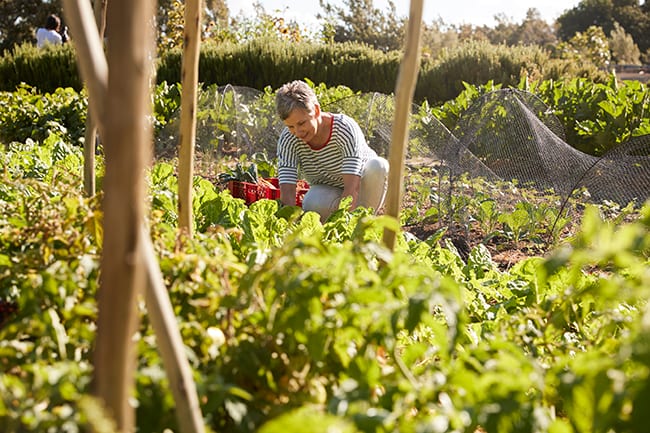Sustainability is a complex problem that needs to be addressed on multiple levels. Whether you’re looking for ways to create a more environmentally friendly business or limit waste in your personal life, explore the three key levels of sustainability: social, economic and environmental. Find out more about each level to see how you can take part in creating a more sustainable future.
1. Social
Social sustainability is all about improving social quality on the local, national and global scale. A socially sustainable world allows for individuals to share natural resources and economic activity in a way that is equitable and just.
The United Nations Sustainable Development Goals are interconnected goals that are designed to improve the environment and social situation for people around the world. These goals include ending poverty, empowering women, creating job opportunities and promoting peace and justice.
In 2018, more than 70 million people worldwide were fleeing persecution, conflict or war. Over 700 million people are living in extreme poverty. These are just a few problems that social sustainability seeks to address.
2. Economic
Economic sustainability encourages businesses to reduce waste, avoid pollution and conduct business in a way that is environmentally and socially sustainable. A successfully sustainable business is one that meets current needs without negatively impacting future generations.
Transportation is an example of an industry that has many serious economically sustainable concerns. Road construction uses unsustainable materials and practices that generate pollution in order to create safe and effective means of transportation. If this industry is to promote sustainable business practices, it needs to build safe roads with methods that don’t produce excessive CO2 emissions.
This is only one example of sustainable economic practices. Socially responsible investing is a great way for investors to support companies that are committed to socially and environmentally responsible practices. A company built on sustainable practices is not only better equipped to handle the future but also promotes less waste, pollution and other environmental and social features in modern society. Investors committed to sustainable practices should look for both small businesses and multinational corporations that reduce waste, pollution and fossil fuel reliance throughout their supply chain.
3. Environmental
There are many endangered ecosystems worldwide that are full of unique and extraordinary plants and animals. Shrinking biodiversity is a critical issue in environmental sustainability. This facet of a sustainable lifestyle, business and world includes protection of plants, livestock, air and water that are being threatened with modern societal practices.
Despite the fact that 6,000 species of plants are being cultivated for food, two-thirds of all food production is derived from nine species. If America’s farms continue to promote monocultural strategies, it can threaten the sustainable nature of these farms. Sustainable agriculture is a key part of the environmental level of sustainable practices.
Deforestation is another area of creating a sustainable environmental practice. With over 80% of all terrestrial species of insects, plants and animals calling forests their home, planting trees and using sustainable forestry practices are essential practices.
All three of these levels are interconnected. Many practices that are socially sustainable are also environmentally sustainable. Learn more about social, environmental and economic sustainability at Everything Sustainable and explore ways that you can promote a more sustainable lifestyle in your community.
Make sure to drop us your thoughts on the 3 levels of sustainability below.



